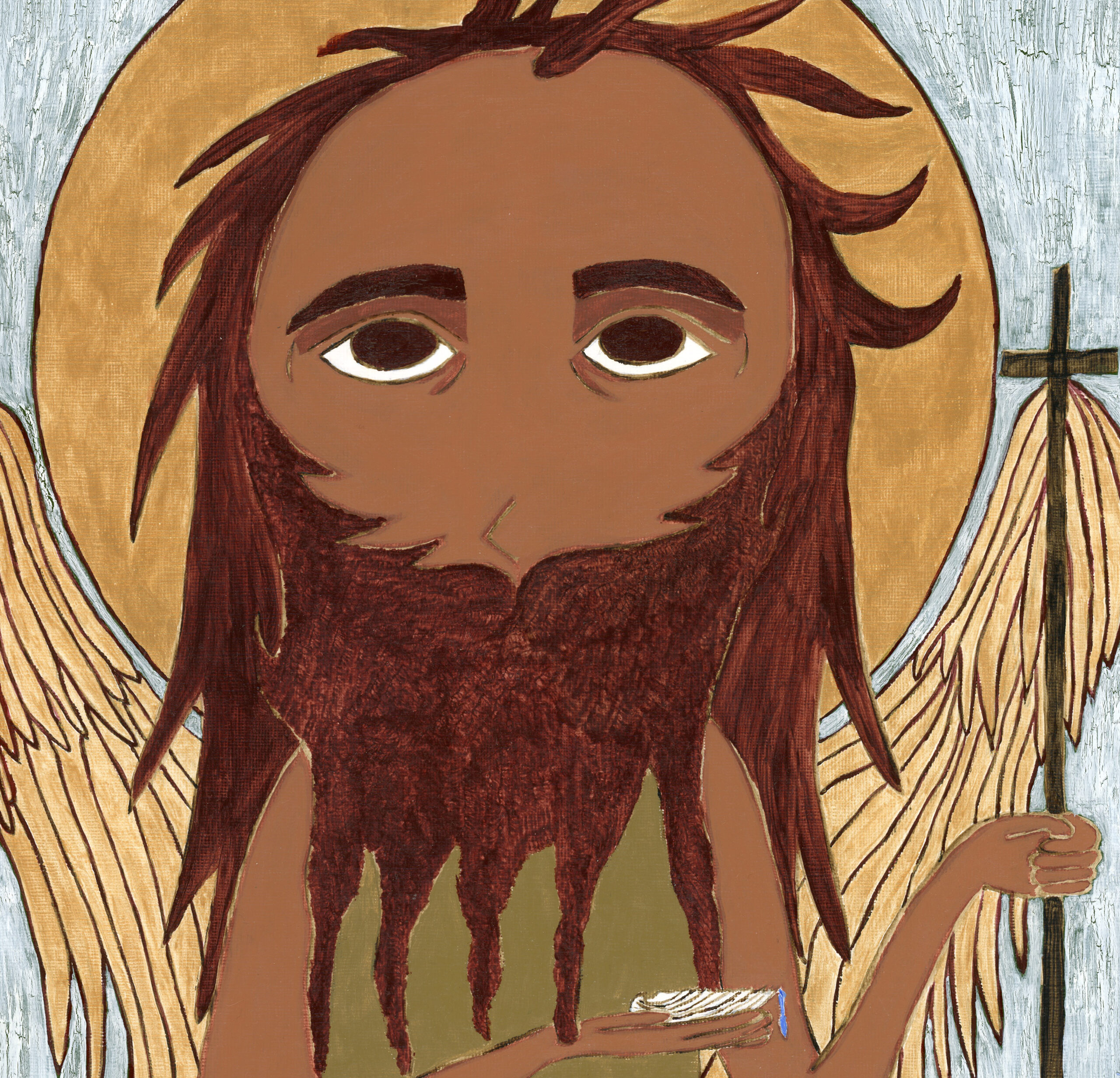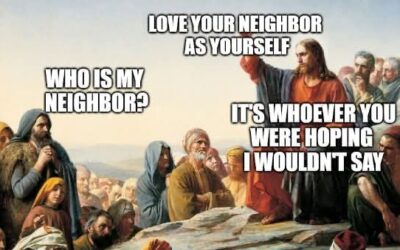It feels like the climate of Mercury outside, only hotter. The sun is out from practically sunrise to sunset. And the lightning bugs have started appearing as soon as I tell my kids it’s time for them to go to bed causing long battles that always end with a pre-bed lightning bug hunt.
These are all harbingers of two seemingly unrelated things.
- It’s the summer solstice
- It must be time for Saint John the Baptist’s birthday
I say seemingly unrelated, because in actuality, they are related in a very beautiful way.
I know what many neo-pagans are saying. “Just hold it right there, lady! You Christians already took the Winter Solstice from us with Jesus’s birthday, we’re not letting you have the Summer Solstice too.”
To which I would respond, we’re not taking the Summer Solstice from you, it was already ours. We just didn’t know it until the Incarnation revealed it. It, too, has an important place in the Story of Salvation as does the Spring Equinox.
Perhaps we should look at this all from a different perspective. What if Pagans unwittingly co-opted Christian holidays before Christianity existed in time and then, once Christians came into existence, they only came along and made these special days the holidays that were intended for them? After all, it was God who made everything. Why couldn’t he slip some Easter eggs into creation for his little creatures to find once the Incarnation took place? Saint Augustine said that Christ was the key that unlocked the true meaning of the Old Testament revelation. “The New is in the Old concealed; the Old is in the New Revealed.” Who’s to say that the Christ didn’t also unlock deeper meaning to creation itself?
I read a book last Advent called The True Meaning of Christmas in which it’s author, Michael Barber, pointed out how early Christians saw a connection between the first creation and the new creation that would come through Jesus. There are many New Testament references to Christ as the sun. This led the early Christians to see a statement in Malachi as prophesying the coming of the Savior. “But for you who fear my name the sun of righteousness shall rise, with healing in its wings.” (Malachi 4:2) Seeing God’s son as the new sun helped them decipher when Jesus was conceived.
It was believed that when God separated the day from the night on the first day, that he did it evenly. Therefore, from that it was deduced that God created the sun on the spring equinox or March 25, the first day of an evenly split day and night. Ergo, if the sun of the old creation was made on the Spring Equinox, the early Christians saw it fitting that the Sun of Righteousness of the new creation was also conceived on that day. And then nine months later, we have the birth of Christ on December 25.
But wait, it gets even better. John the Baptist was conceived by Saint Elizbeth six months before the Annunciation. The church marks his birth on June 24th, the Summer Solstice. The Summer Solstice is the longest day of the year and daylight starts decreasing after that day. Christ was born near the Winter Solstice when daylight starts increasing each day. So even in creation itself is the famous line of Saint John the Baptist written. “He must increase, but I must decrease.” (John 3:30)
How cool is that?
So, my neo-pagan detractors can see that these holidays were pregnant with Christian intention. We just had to wait until God broke into to time to find out about it.





0 Comments